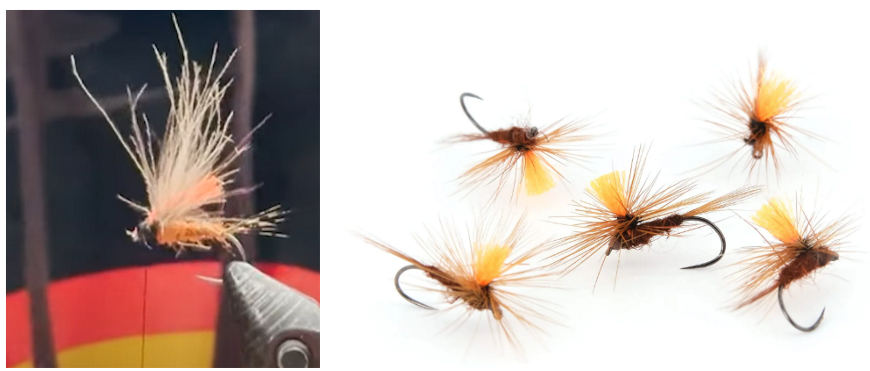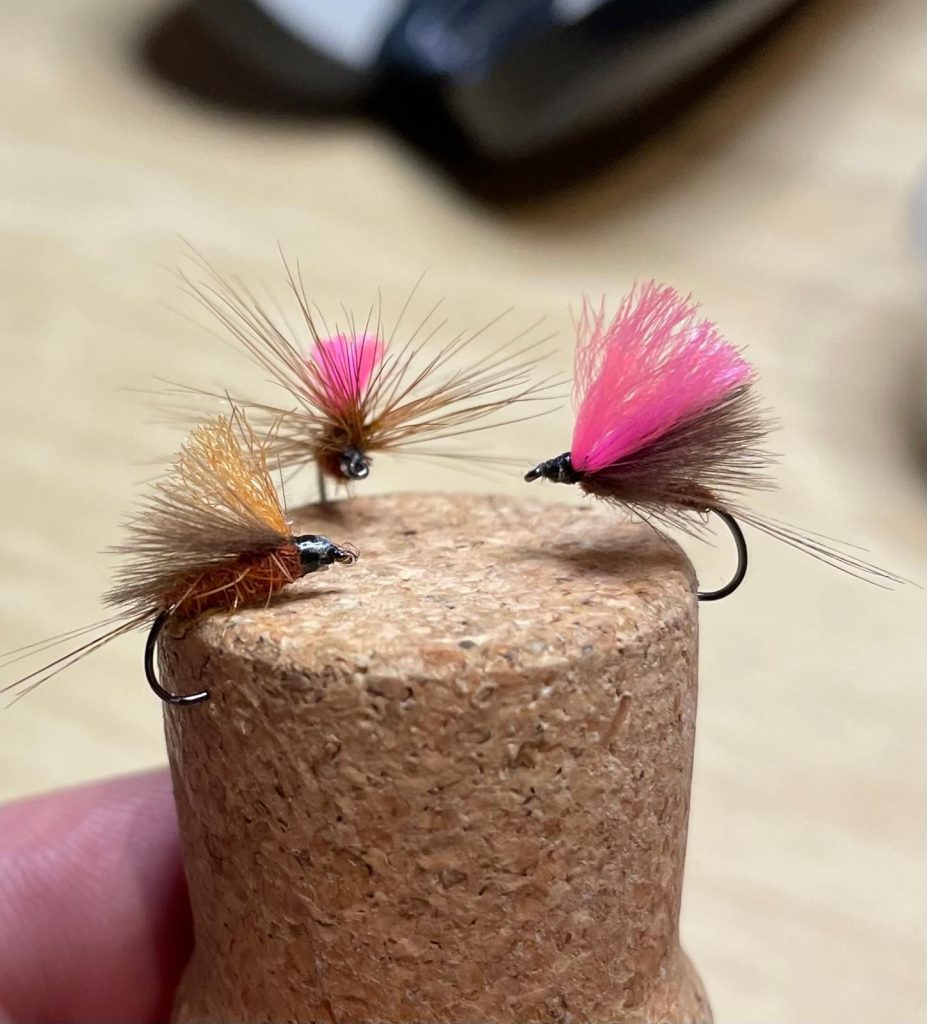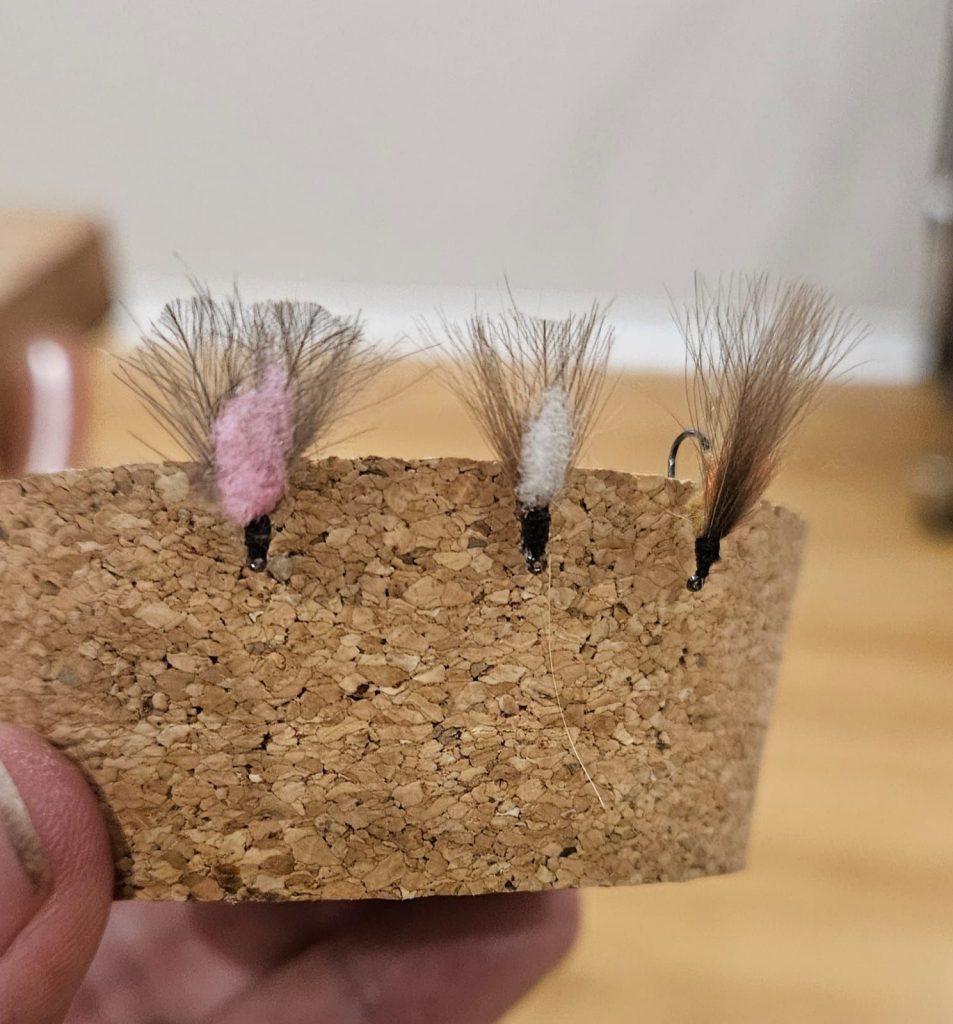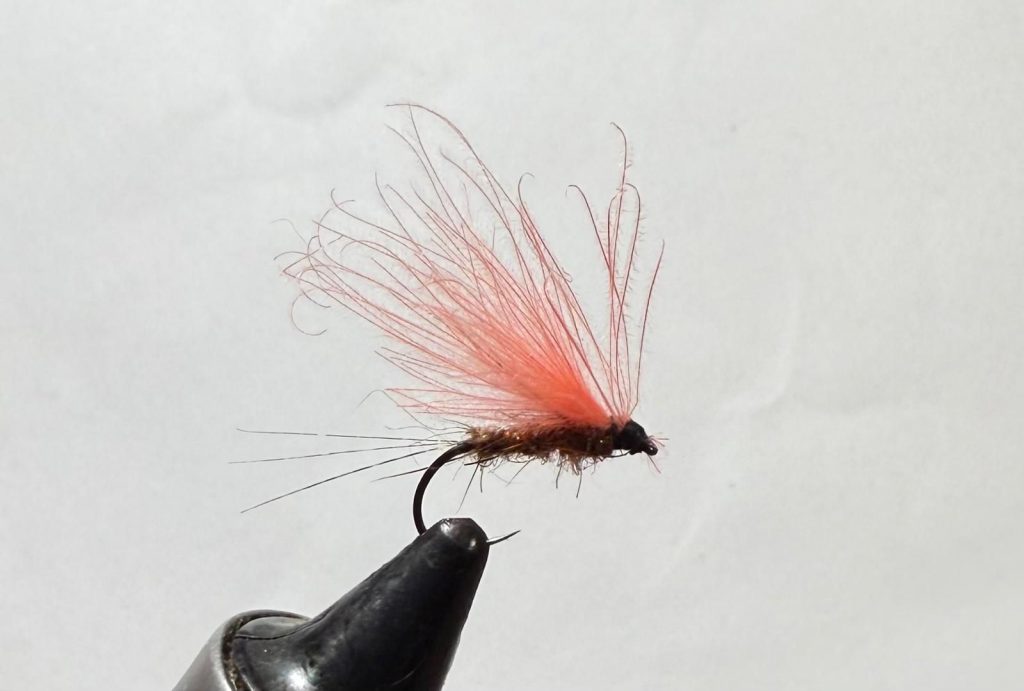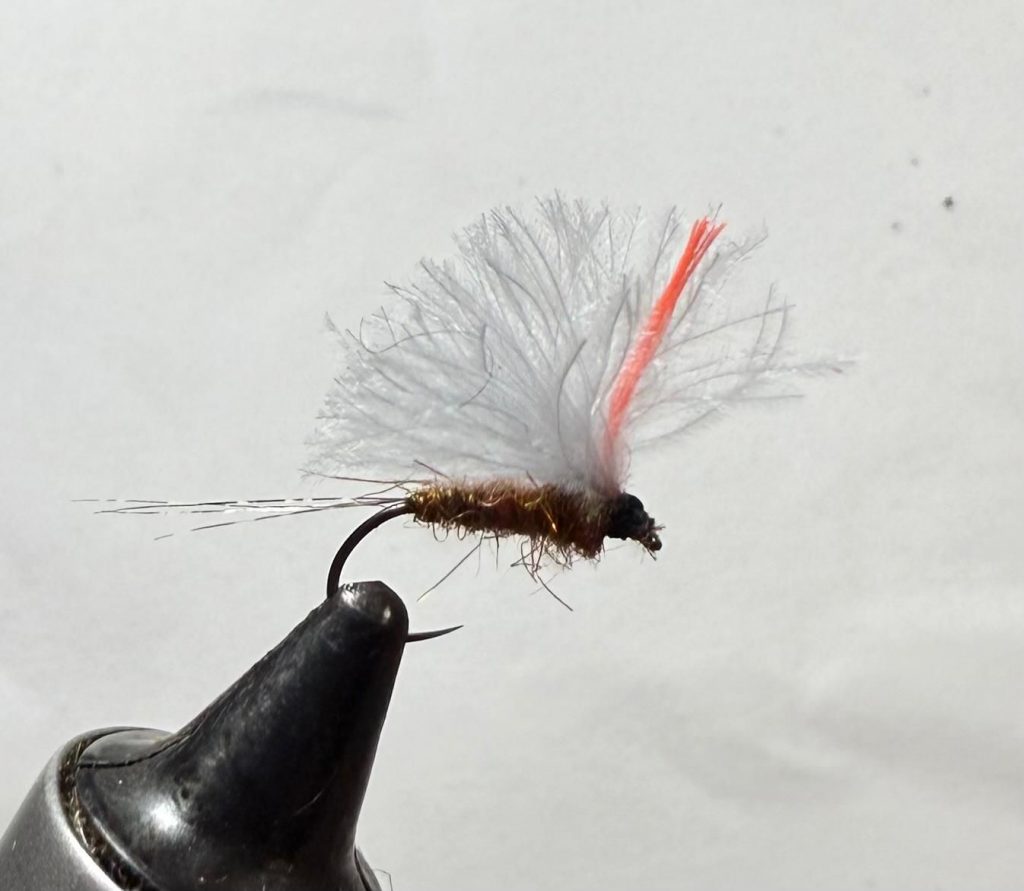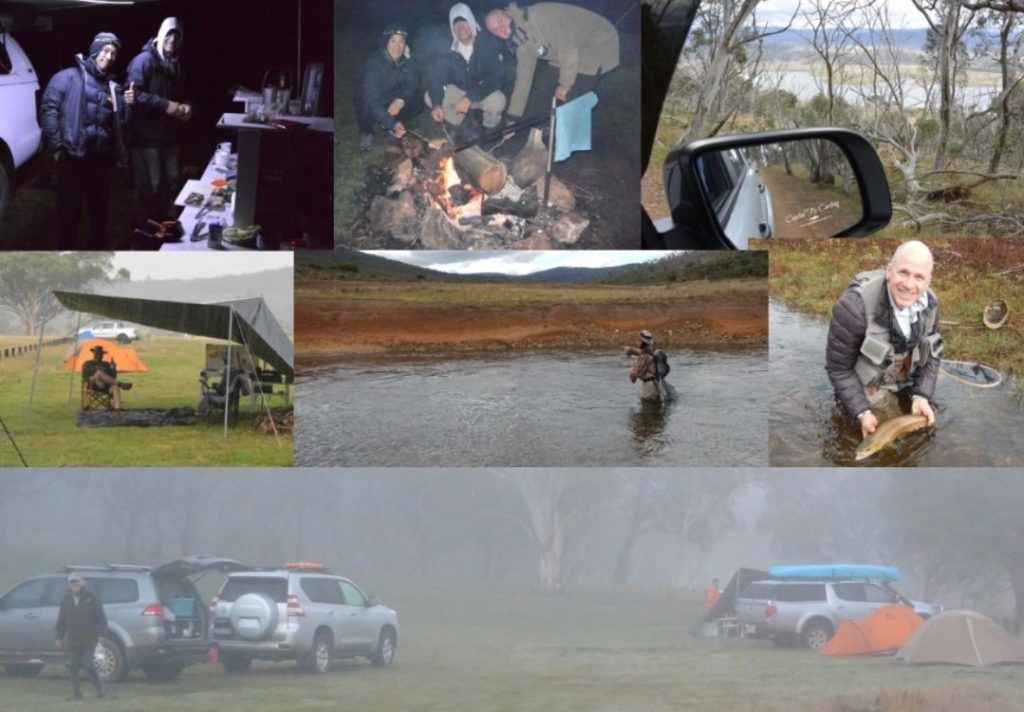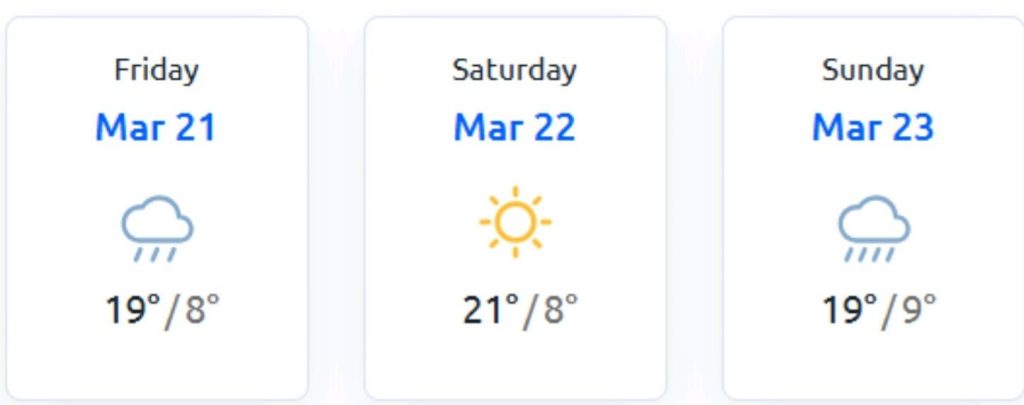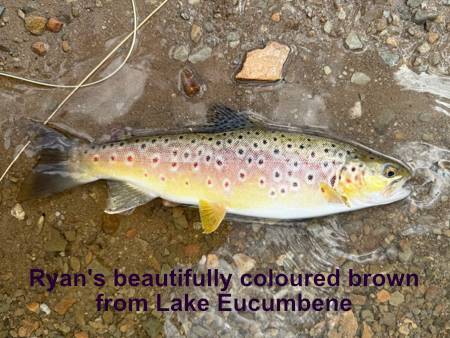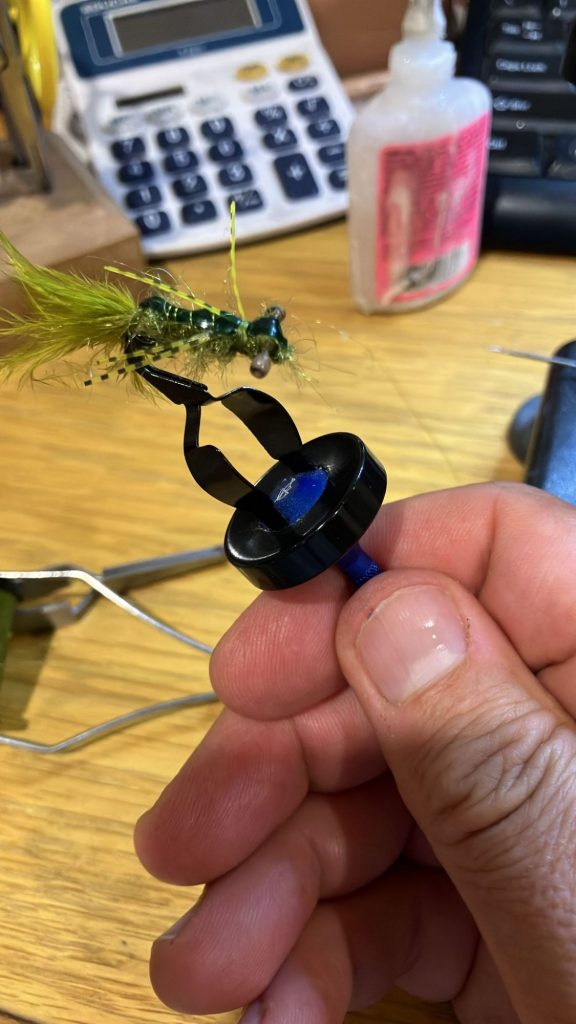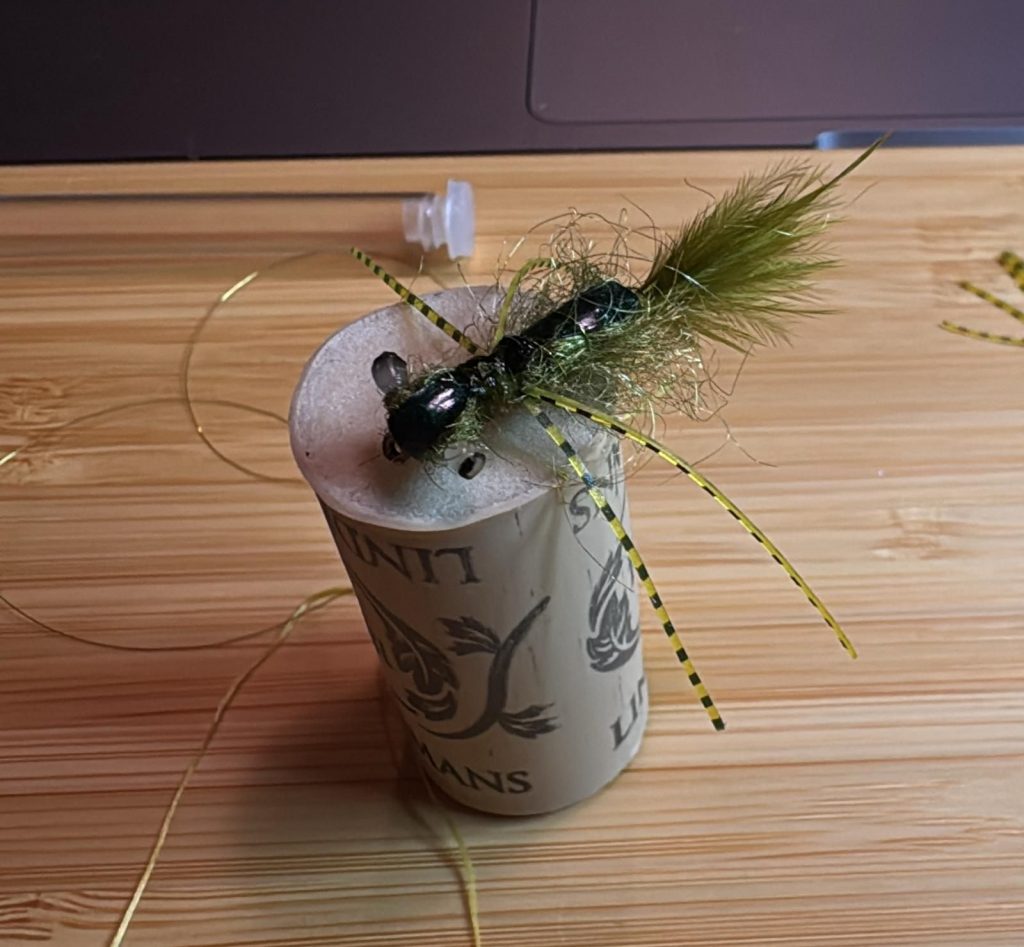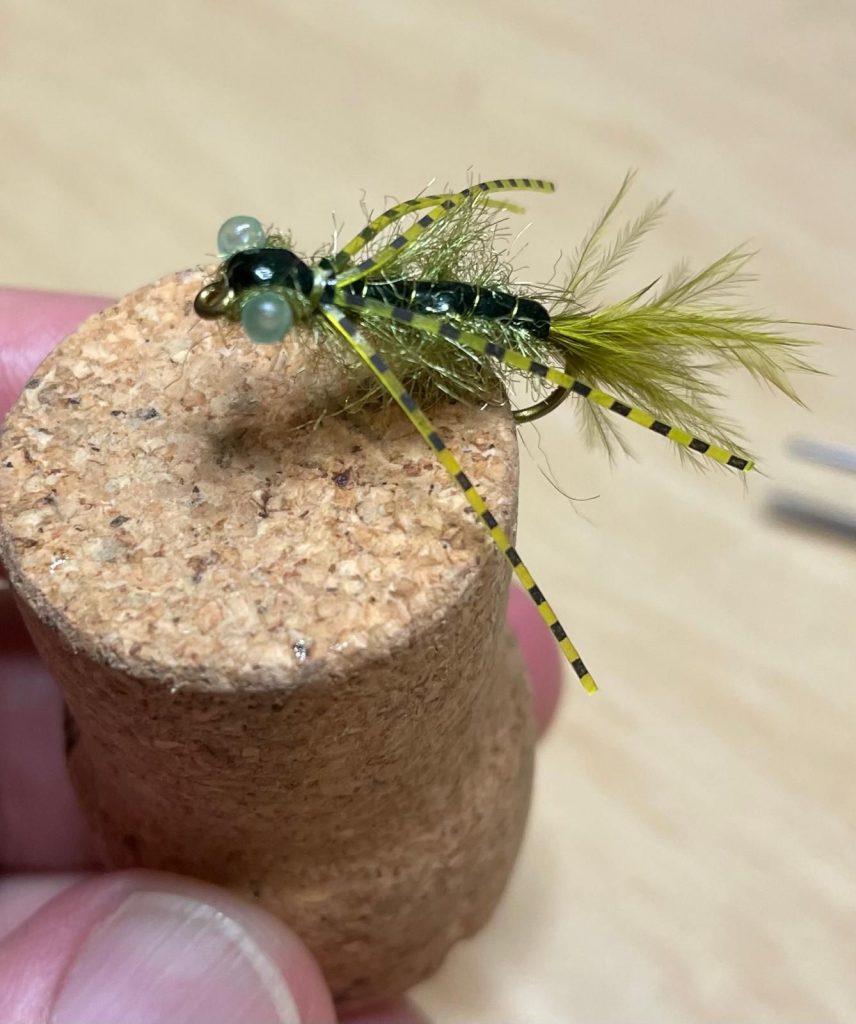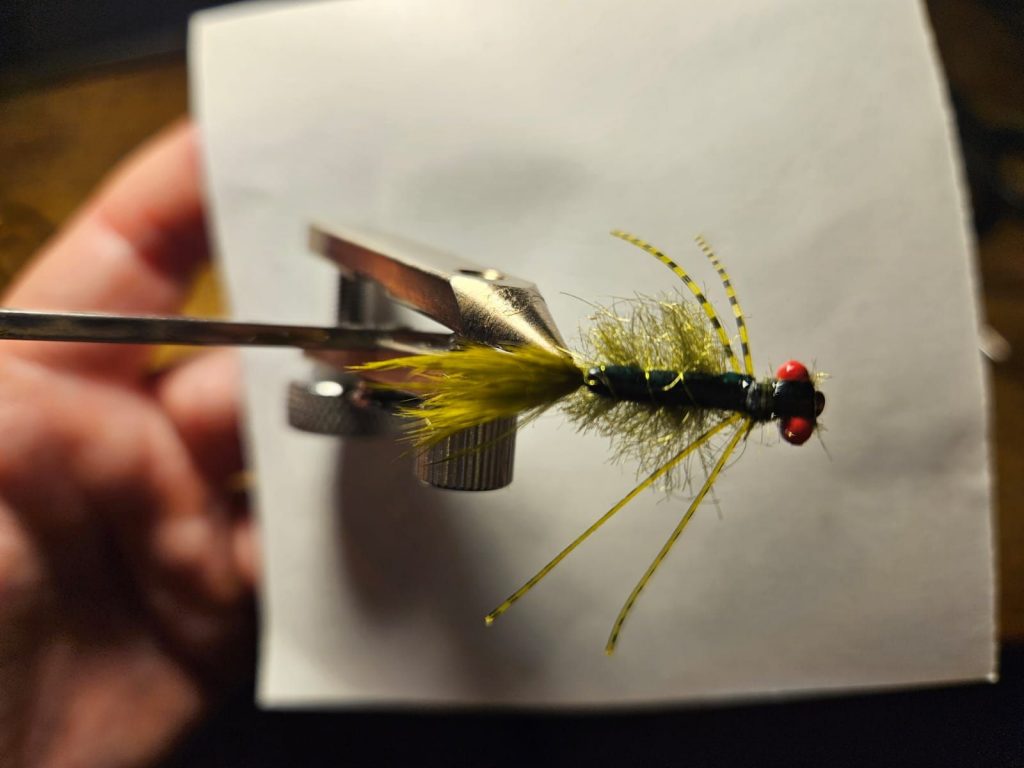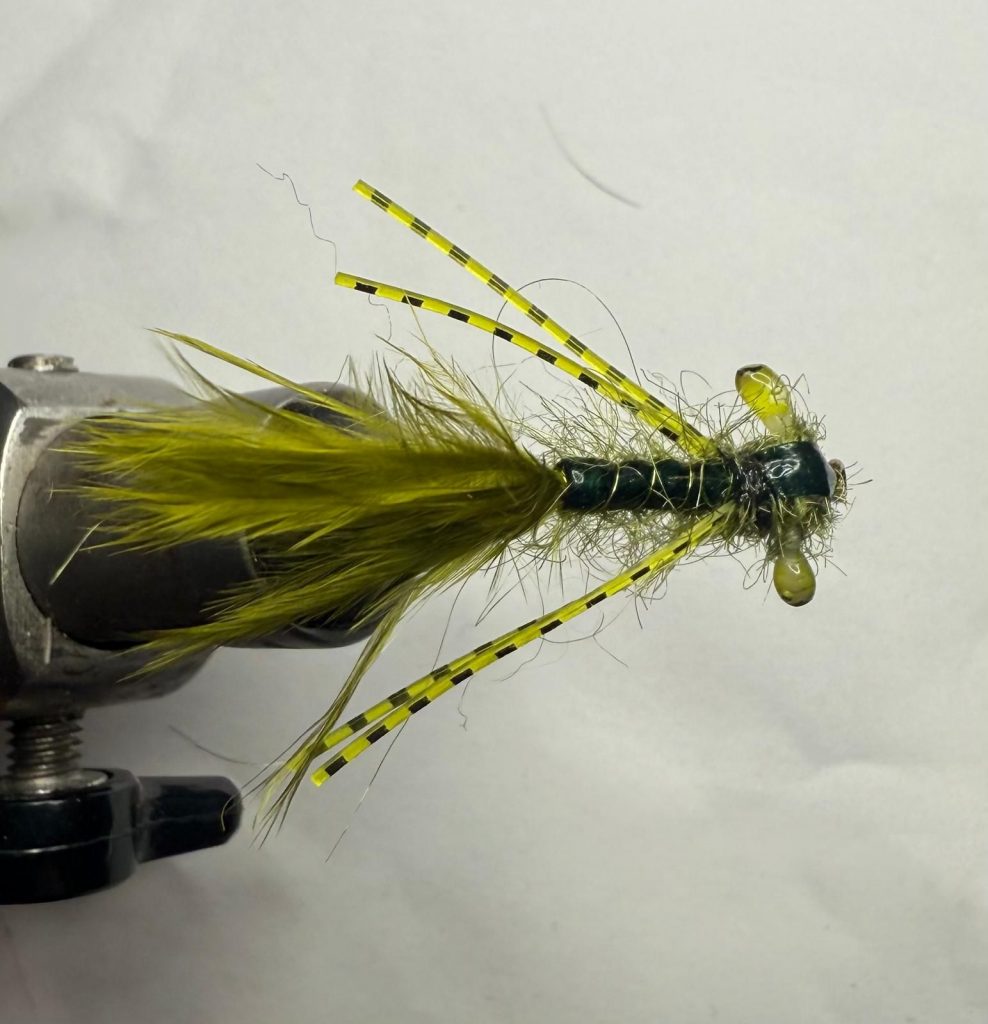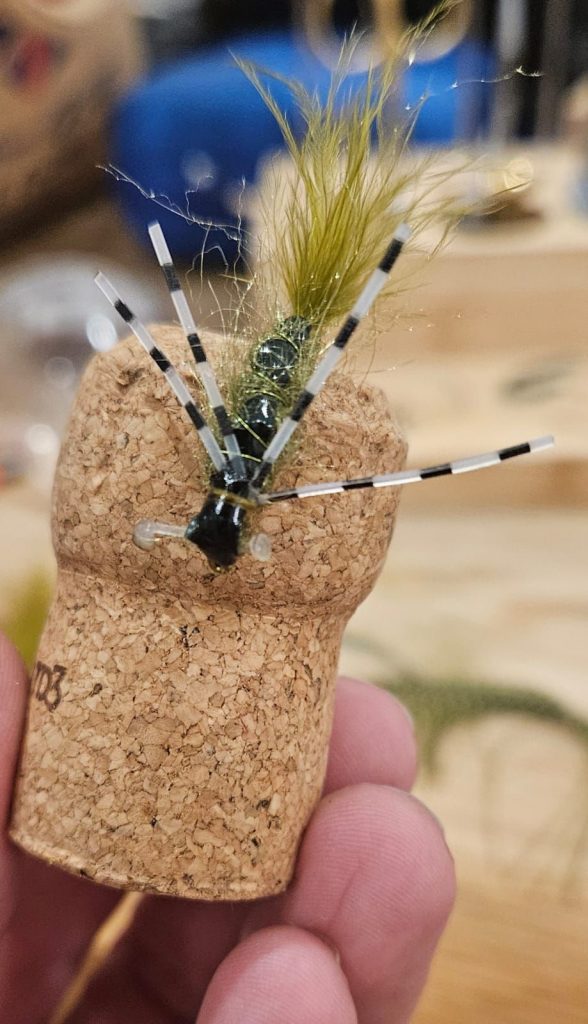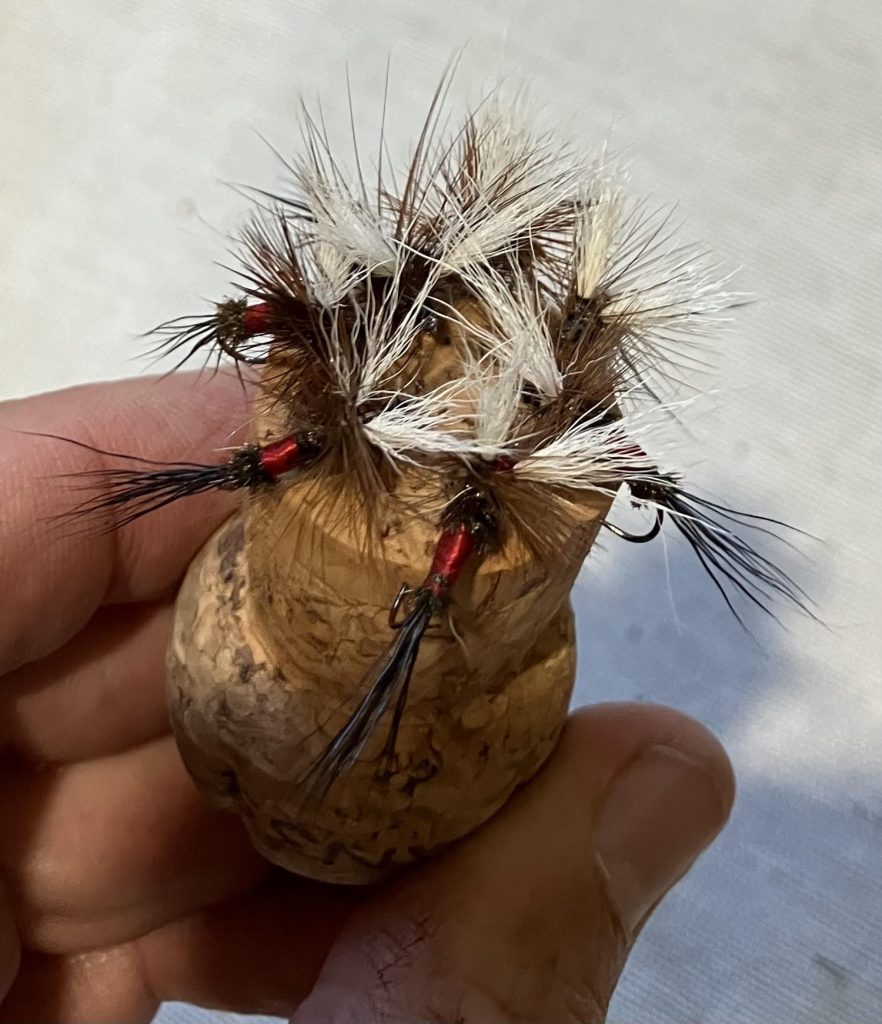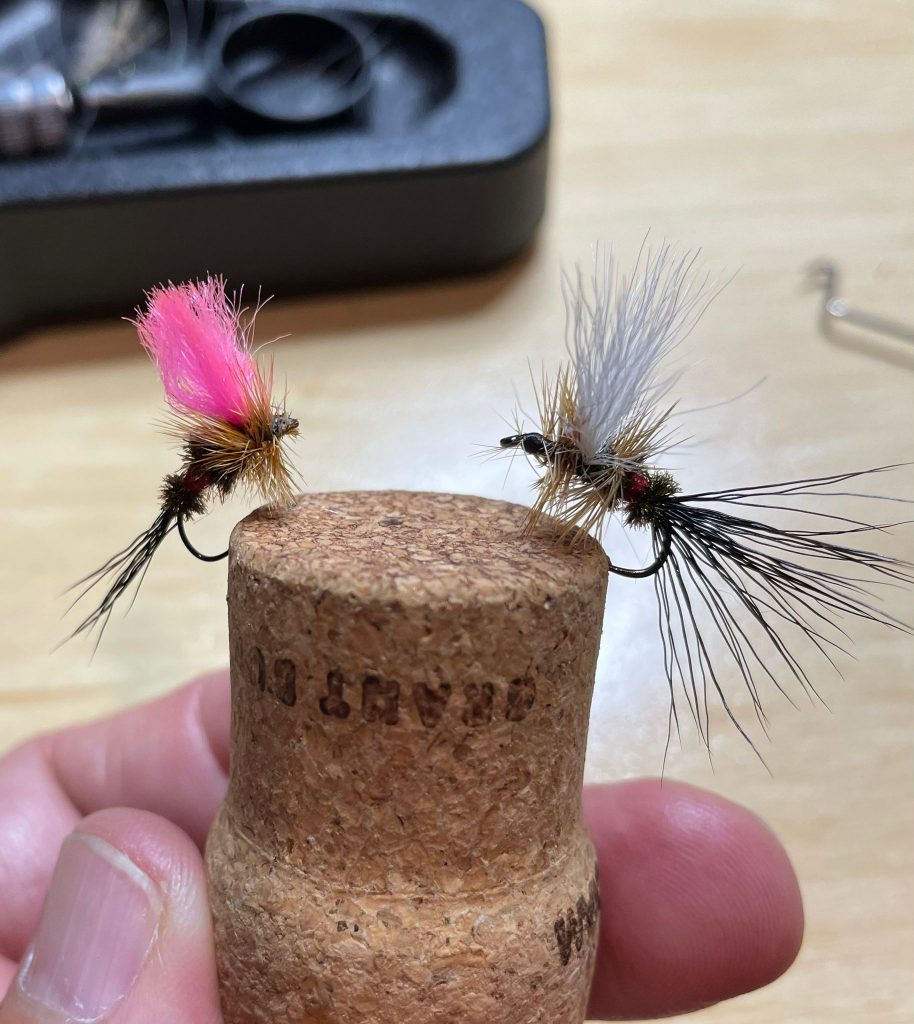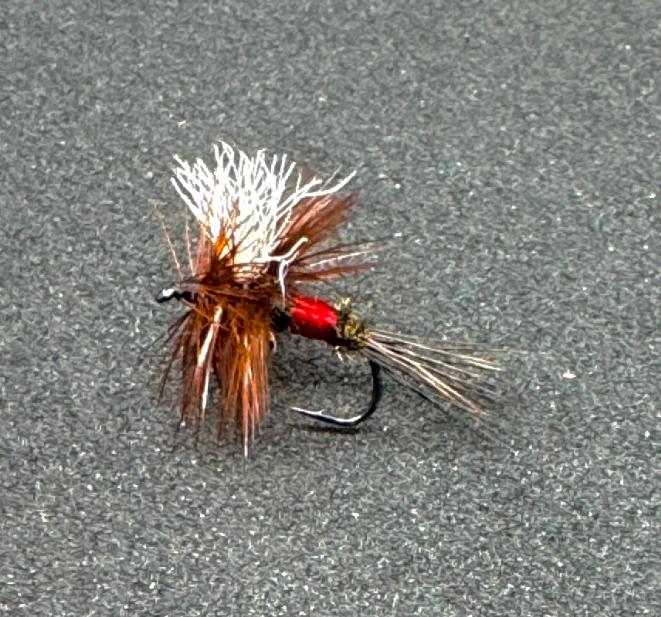Breaking News: the slot titled ‘guest speaker’ has been confirmed as Luke Pearce from NSW Fisheries Threatened Species Unit.
You are invited to a NSW Council of Freshwater Anglers ‘Fishing for the Future’ mini- conference
The NSW Council of Freshwater Anglers is conducting a one-day conference, ‘Fishing for the Future’, to be held at Gaden Trout Hatchery, Jindabyne, on Saturday 8 March 2025.
The conference will start at 9.00 am and finish mid-afternoon, leaving a few hours for socialising or fishing.
What’s it about?
The conference is about fishery and habitat management to sustain our recreational freshwater fishery.
Speakers will include people from the NSW Council of Freshwater Anglers, the Monaro Acclimatisation Society, Gaden Trout Hatchery, Fisheries Research and Development Corporation (the Federal government’s fishery body), NSW Local Land Services, Upper Murrumbidgee Demonstration Reach. We’ve had one last-minute speaker withdraw so that slot is now ‘to be advised’.
Speakers will present, discuss and answer questions on their roles and work.
The venue
Gaden Trout Hatchery is hosting the event in their new Visitor Information Centre, and the conference will conclude with a tour of the new facilities at the hatchery, personally guided by Mitchell Elkins, manager of the hatchery. Gaden Trout Hatchery is a few minutes out of Jindabyne on the Kosciuszko Road.
Cost
The cost is just $30 per person. That covers coffees, morning teas and a sandwich lunch. This small charge is just to confirm that you are genuinely interested and does not cover the actual cost of the event—the NSWCFA is footing the bill for the balance.
You must register
You must register by responding to info@freshwateranglers.com.au. The venue is only able to accommodate 50 people, so please register ASAP to ensure a seat.
Walk-in registration is NOT available on the day, as we have limited seating and pre-arranged catering for 50 people. Don’t turn up with your fishing mates or partner expecting to get a place. It just won’t happen!
To register and pay
Simply reply to this email to register and also make a payment to the NSW Council of Freshwater Anglers Westpac account, BSB 032040, Account No 259507. Put the word “GADEN” and your name in your payment details. We will email you to confirm your registration.
Coming for the fishing?
Both Jindabyne and Eucumbene are fishing well this summer, so bring your gear.
Questions
Email us at info@freshwateranglers.com.au or call NSWCFA Past President Peter Gibson on 0425 211 313.
